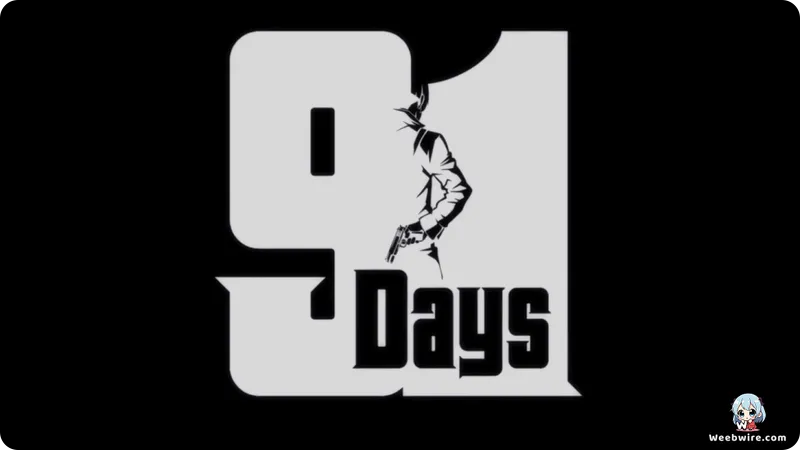'91 Days': Unearthing the Masterful Secrets of a Prohibition-Era Anime Gem

Step into the shadowy world of Prohibition-era America with 91 Days, the acclaimed 2016 original anime series. This production is celebrated for its intense narrative of vengeance and betrayal, standing out not just for its compelling story but for the intricate details and surprising creative choices that truly elevate it. It offers a deep dive into a gritty underworld, anchored by a meticulous dedication to historical authenticity.
A Journey into Authentic History
The series masterfully transports viewers to the fictional yet incredibly vibrant town of Lawless, Illinois. Every visual element, from period-accurate clothing and classic automobiles to clandestine speakeasies, exudes authenticity. The production team at Studio Shuka conducted extensive research, ensuring even minor details like firearms and slang were historically precise. This commitment to verisimilitude grounds the dramatic flair in a believable reality, making the world of 91 Days feel truly alive.
Homage to Cinematic Gangster Classics
Beyond its historical precision, 91 Days serves as a profound homage to classic gangster cinema. It draws clear inspiration from iconic masterpieces such as The Godfather and Once Upon a Time in America, expertly reinterpreting familiar narrative arcs and character archetypes. The protagonist, Angelo Lagusa, who transforms into the enigmatic Avilio Bruno, embodies the archetypal anti-hero consumed by a singular, destructive quest for revenge. This intelligent fusion of Western cinematic influence with a distinctly Japanese storytelling sensibility forges a viewing experience that is both familiar and refreshingly innovative.
The Psychological Cost of Vengeance
A compelling psychological element lies in Angelo's symbolic name change to Avilio. This powerful act mirrors his descent into the darkness he seeks to conquer, highlighting the immense psychological toll of his revenge. The transformation emphasizes profound themes of identity loss, as Angelo sheds his former self in pursuit of retribution.

Studio Shuka's Bold Artistic Pivot
Remarkably, 91 Days marked a significant artistic pivot for Studio Shuka, a studio previously known for works like Durarara!! and Natsume's Book of Friends. Their bold venture into a gritty historical crime drama showcased impressive versatility. The animation prioritizes nuanced character expressions and a tense atmosphere over flashy action, perfectly complementing the series' somber tone. Meticulous character design by Tomohiro Kishi further amplified the anime's grim realism, contributing to its unique visual identity.
An Ambiguous Enduring Legacy
Finally, the anime's famously ambiguous ending continues to spark discussion among fans. Eschewing definitive closure, the series concludes with Avilio's ultimate fate left deliberately open. This narrative boldness is a profound commentary on the nature of vengeance itself, suggesting that a life consumed by retribution rarely culminates in peace. This audacious choice aligns seamlessly with the show's dark, psychological undercurrents, solidifying 91 Days as a masterfully constructed narrative rich with historical detail, cinematic tributes, and deep psychological insights.
Credits
91 Days
Author
Taku Kishimoto
Cover Art
Tomohiro Kishi
Studio
Shuka
Publisher
Shochiku
Producers





